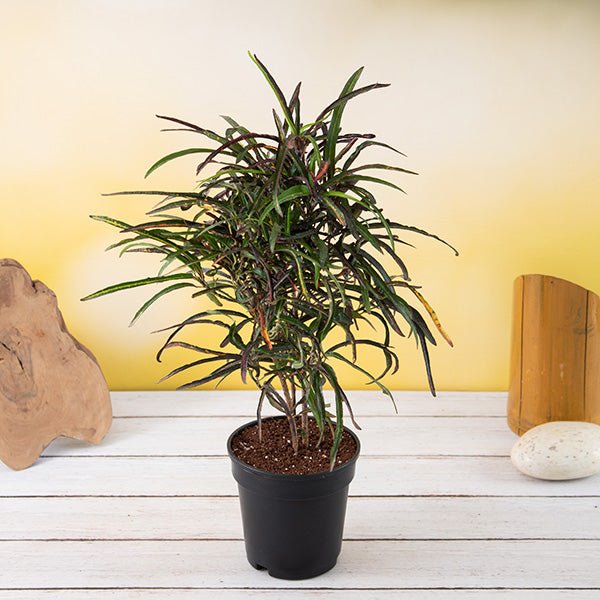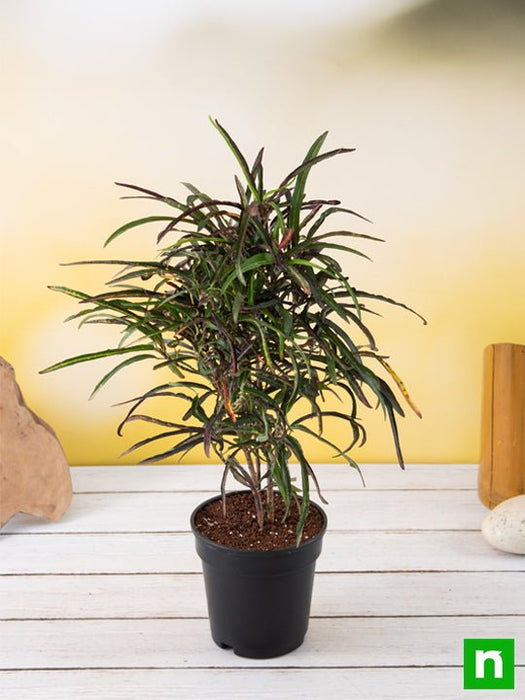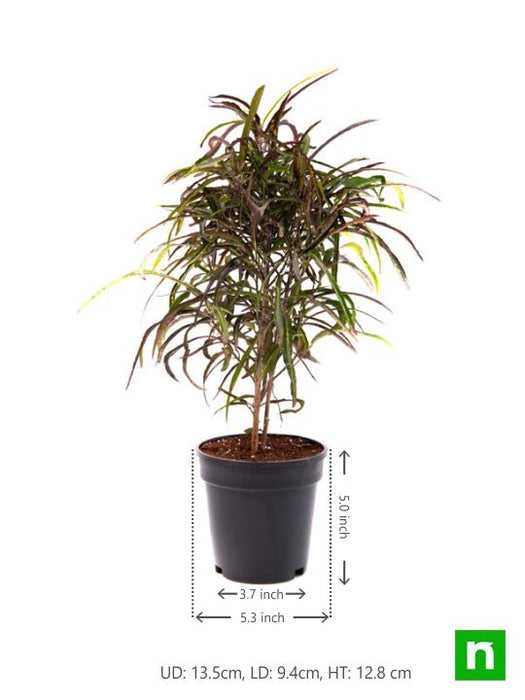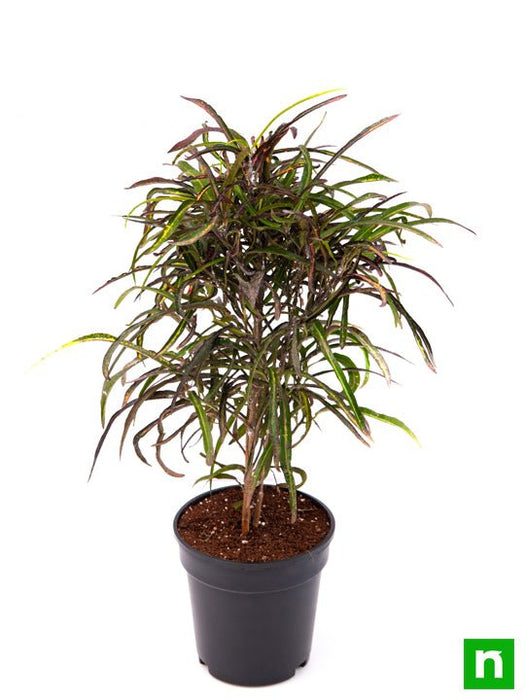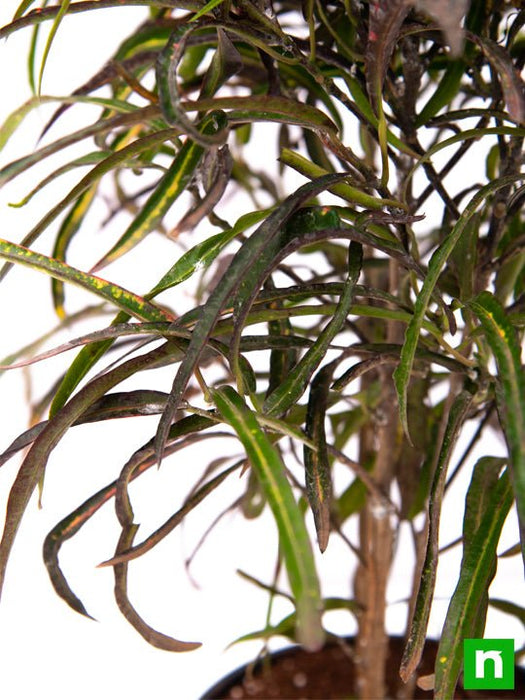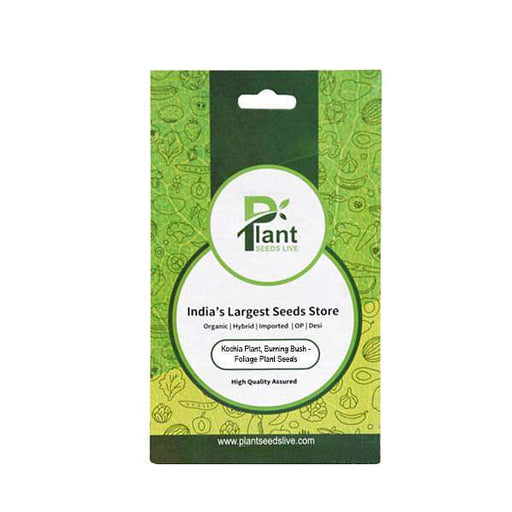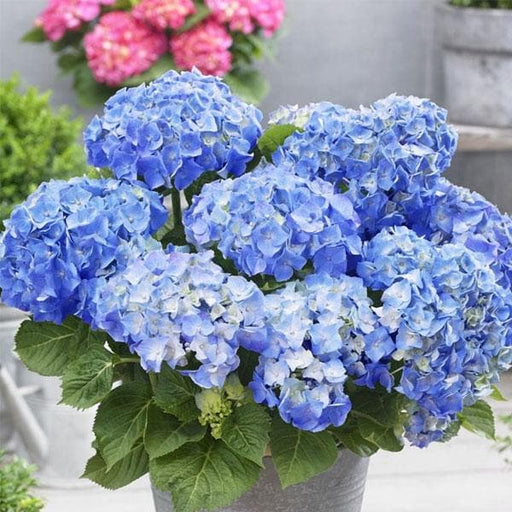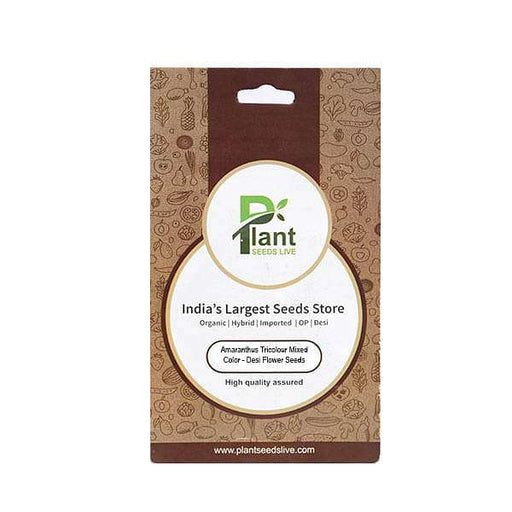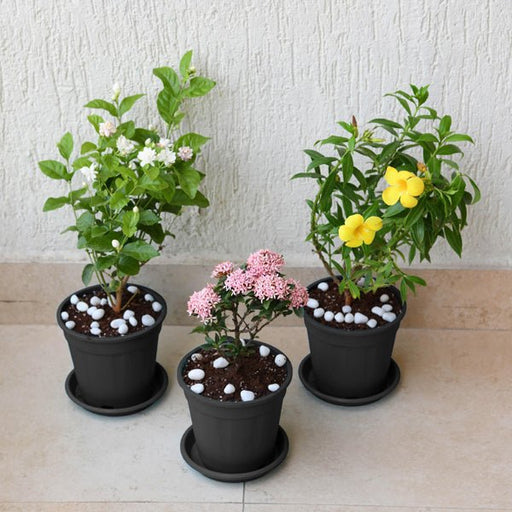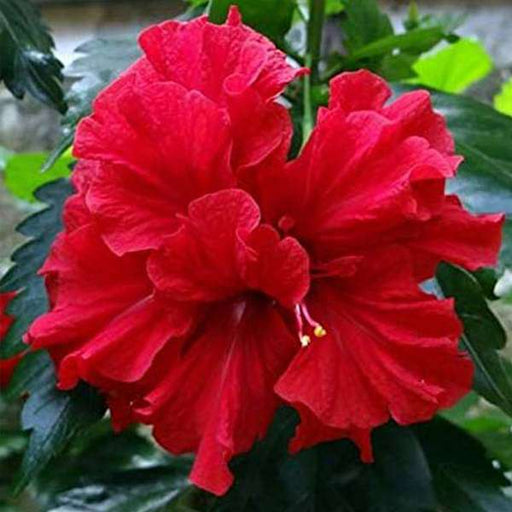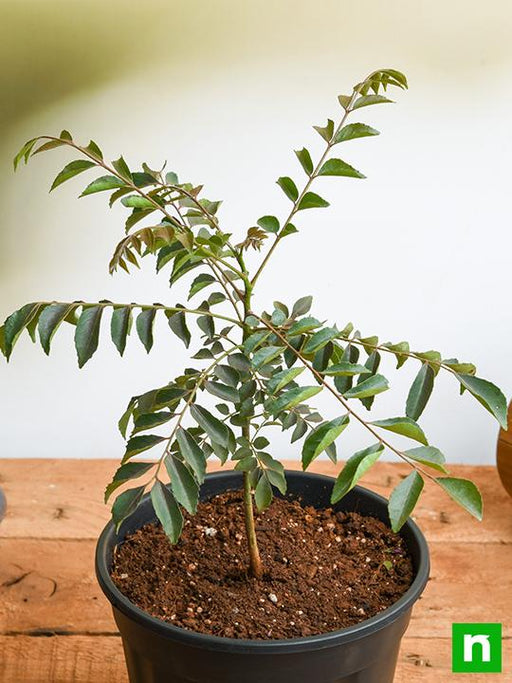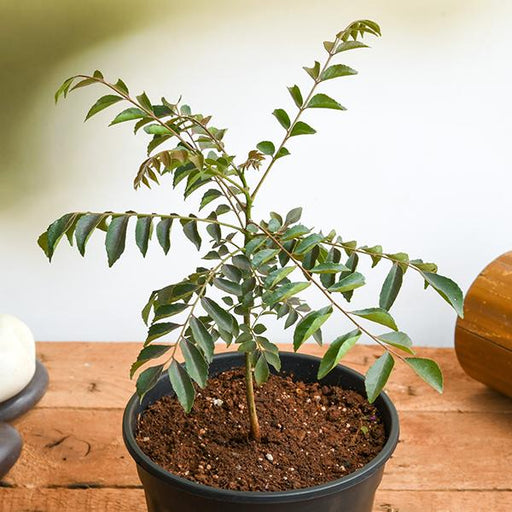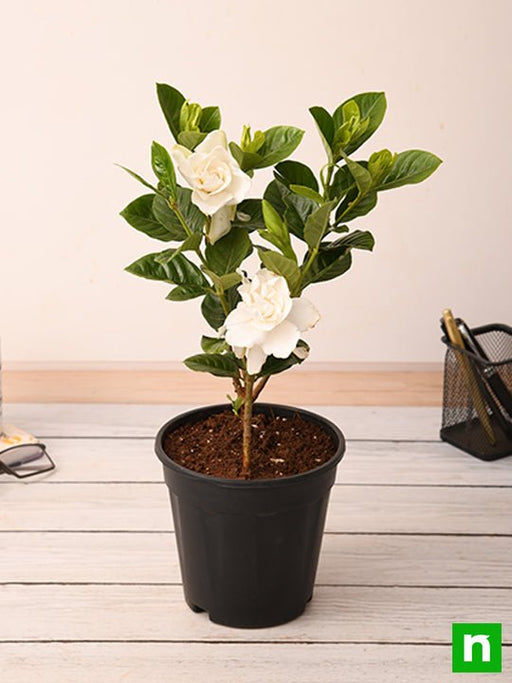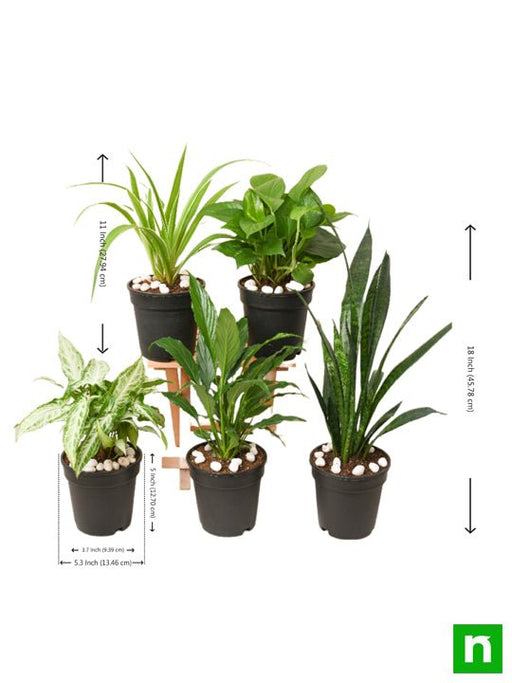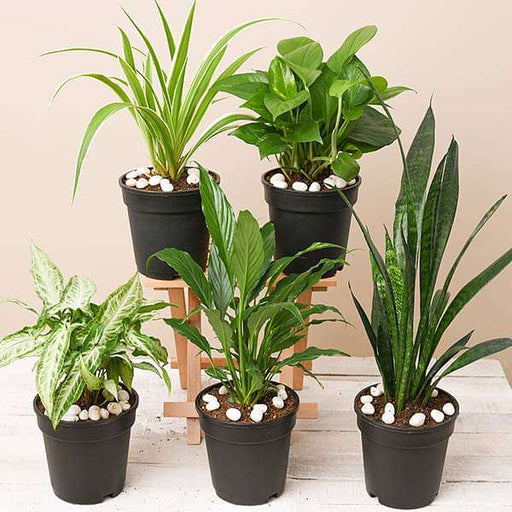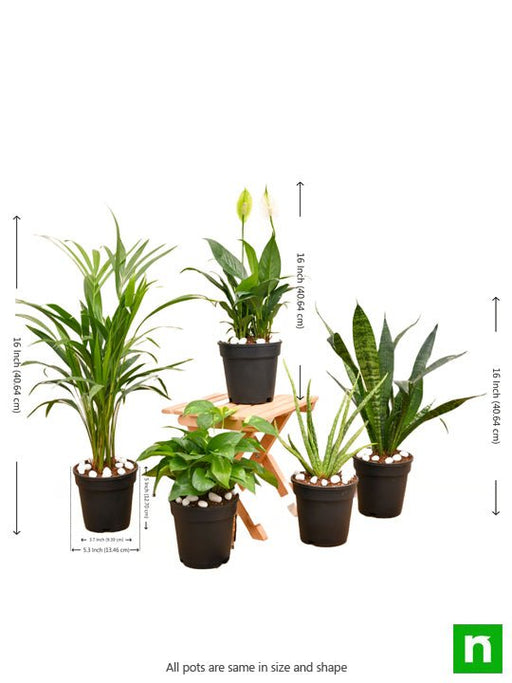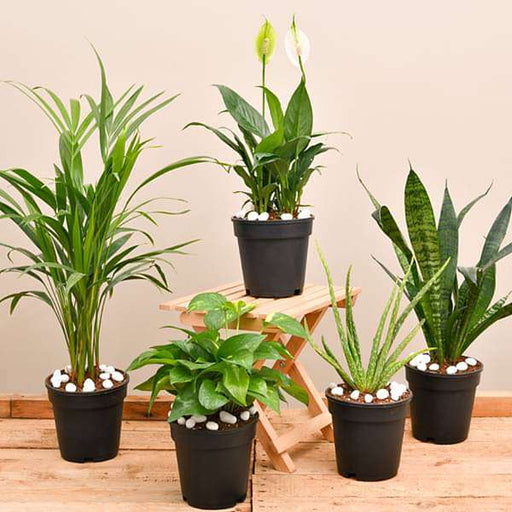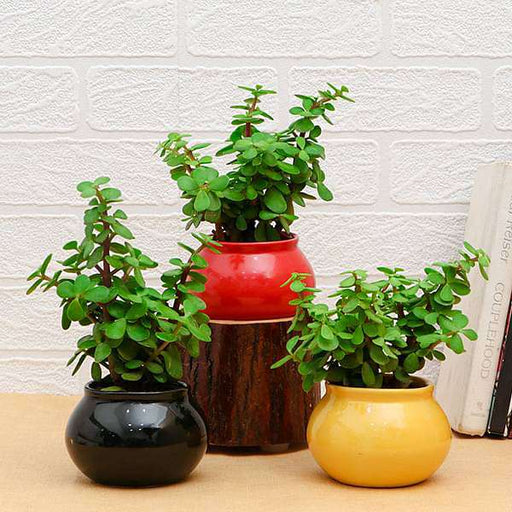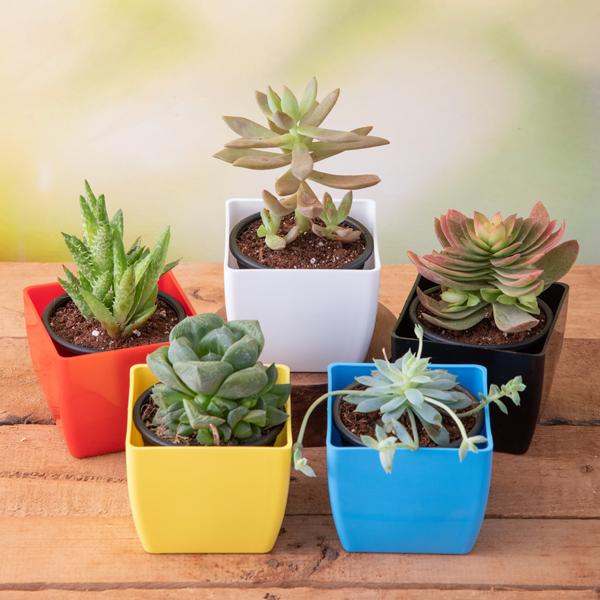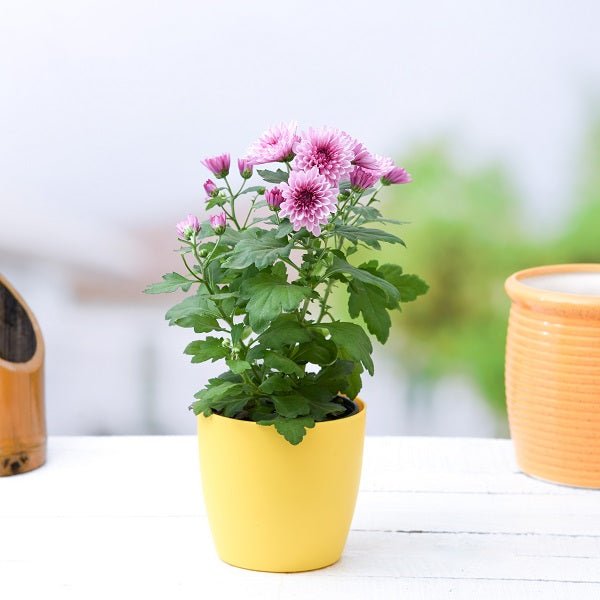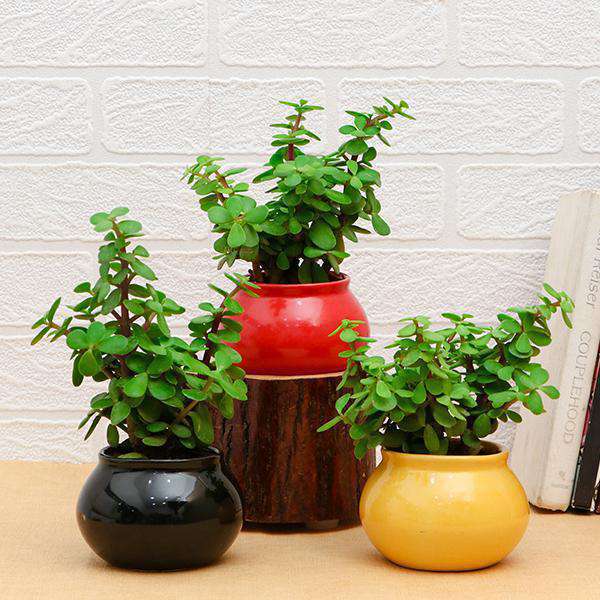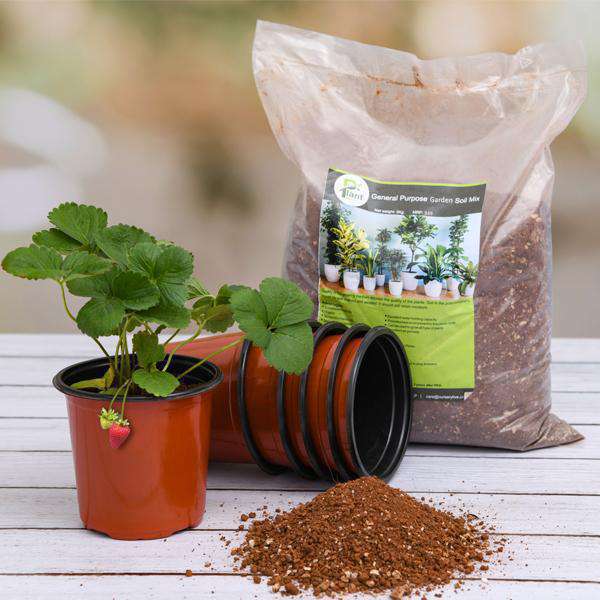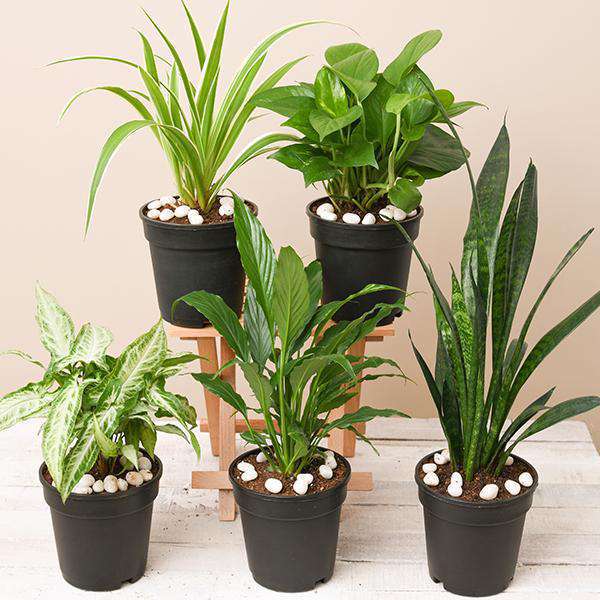Croton Plant Care
If you think caring for a Croton is as easy as watering a cactus, think again! This vibrant diva demands attention with its colorful leaves and specific light requirements. Treat it like royalty, and it will reward you with a kaleidoscope of colors. Just remember, too much love (or water) can lead to a sad, droopy plant. So, channel your inner plant whisperer and find that perfect balance!
Codiaeum Variegatum Varieties
The Croton is like the fashionista of the plant world, flaunting a variety of styles. From the bold and brash 'Petra' to the subtle elegance of 'Gold Dust,' each variety has its own personality. Choose wisely, as each one will bring a unique flair to your indoor jungle. Just be prepared for the inevitable plant envy from your friends!
Zanzibar Croton Features
The Zanzibar Croton is the showstopper of the plant kingdom, boasting leaves that look like they were painted by a master artist. With hues ranging from deep green to fiery red, it’s like having a piece of art in your living room. Just don’t be surprised if your guests start mistaking it for a modern sculpture!
Croton Plant Toxicity
While your Croton may be a beauty, it’s not exactly a cuddly teddy bear. This plant is toxic to pets and humans if ingested, so keep it out of reach of curious paws and little hands. Think of it as the mysterious stranger at a party—beautiful but best admired from a distance!
Indoor Croton Plant Benefits
Bringing a Croton into your home is like inviting a burst of sunshine indoors. Not only does it purify the air, but it also adds a splash of color that can brighten even the gloomiest of days. Plus, it’s a great conversation starter—who wouldn’t want to discuss their exotic plant collection?
Croton Plant Propagation
Want to expand your Croton empire? Propagation is the way to go! Snip a healthy stem, pop it in water, and watch as it roots like a pro. It’s like giving your plant a chance to have its own mini-me. Just be patient; good things come to those who wait (and water)!
Croton Plant Light Requirements
If your Croton could talk, it would demand a front-row seat to the sun! These plants thrive in bright, indirect light, so don’t let them languish in the shadows. Think of it as giving your plant a sunbathing session—just the right amount of rays, and it’ll be glowing with happiness!
Croton Plant Soil Needs
The Croton is a bit of a soil snob. It prefers well-draining, nutrient-rich soil to keep its roots happy. Think of it as a five-star dining experience for your plant. If you want it to thrive, skip the cheap stuff and invest in a quality potting mix. Your Croton will thank you with vibrant foliage!
Croton Plant Watering Tips
Watering a Croton is an art form. Too much, and you’ll drown it; too little, and it’ll wither away. Aim for a Goldilocks approach—just right! Check the top inch of soil; if it’s dry, it’s time for a drink. Your Croton will flourish, and you’ll feel like a plant parent extraordinaire!
Croton Plant Pests
Beware, for the Croton is not immune to the pesky invaders of the plant world! Aphids and spider mites may try to crash the party, but with a little vigilance and some neem oil, you can send them packing. Think of yourself as the plant’s bodyguard, ready to fend off any unwanted guests!
Croton Plant Fertilization
If you want your Croton to strut its stuff, a little fertilization goes a long way. During the growing season, feed it with a balanced liquid fertilizer every month. It’s like giving your plant a protein shake—watch it grow strong and vibrant, ready to take on the world!
